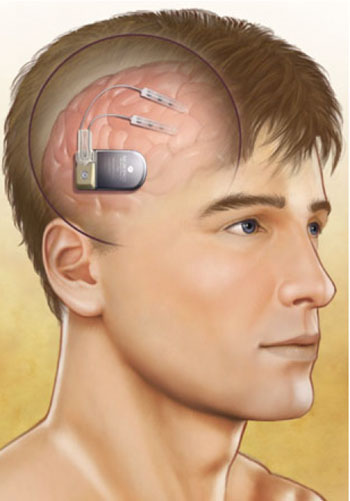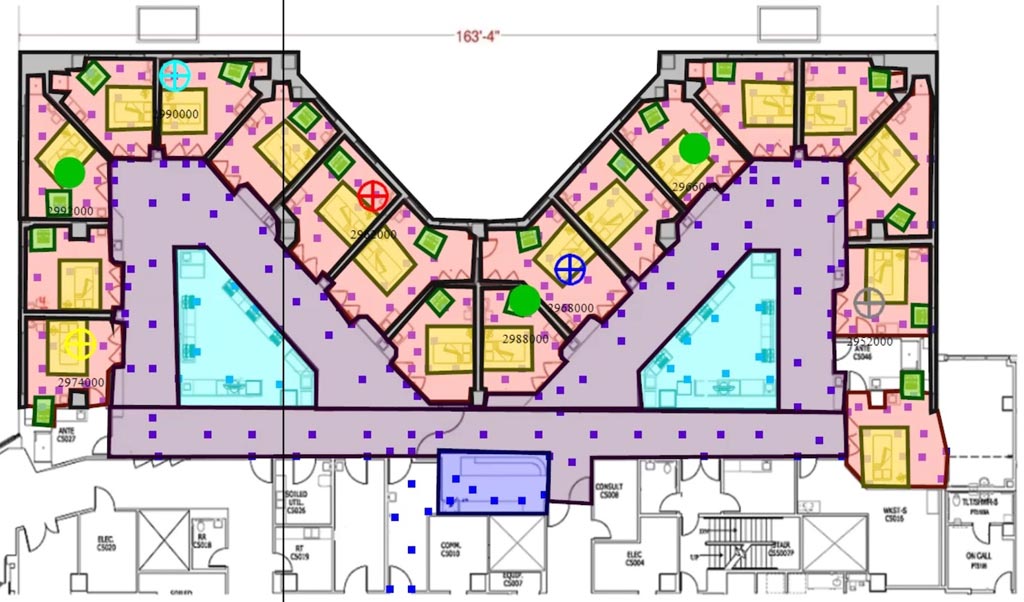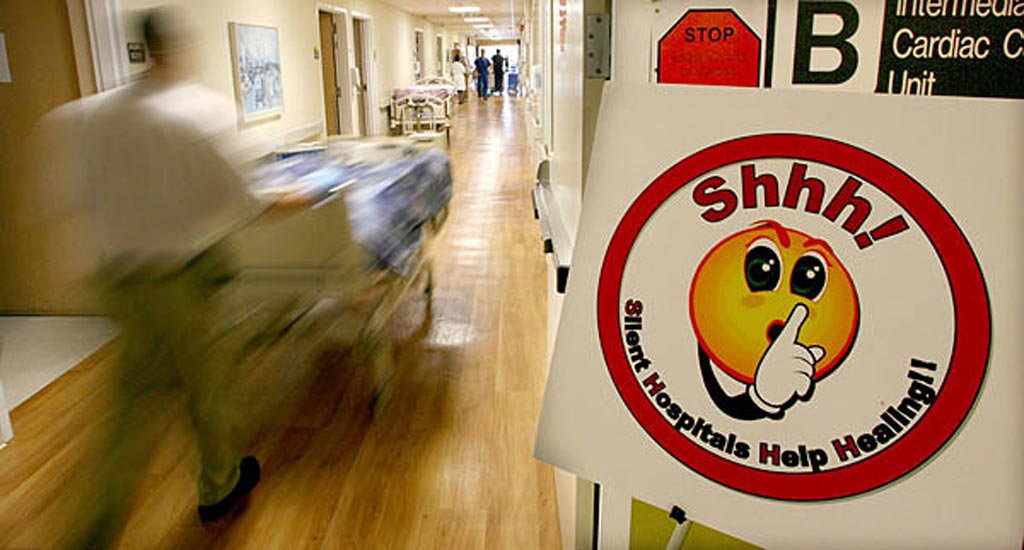Houston Medical Center Tackles Unresponsive Epilepsy
By HospiMedica International staff writers
Posted on 29 Apr 2014
CHI Baylor St. Luke’s Medical Center (Houston, TX, USA) has begun treating adult patients with partial onset epileptic seizures that have not been controlled with two or more antiepileptic drugs. It is estimated that approximately 400,000 people in the United States alone meet these criteria.Posted on 29 Apr 2014
The treatments are carried out using the groundbreaking NeuroPace RNS System, an implantable therapeutic device that delivers responsive neurostimulation to reduce the frequency of partial onset seizures in individuals 18 years of age or older, who have undergone diagnostic testing, and who currently have frequent and disabling seizures. The system has proven safe and effective in patients who average three or more disabling seizures per month over the three most recent months (with no month with fewer than two seizures). It has not yet been evaluated in patients with less frequent seizures.

Image: The NeuroPace RNS System in situ (Photo courtesy of NeuroPace).
“This is an incredibly important technological development that we will be using to treat patients with epilepsy for years to come,” said associate professor of neurology at Baylor College of Medicine Ian Goldsmith, MD, a member of the Baylor St. Luke’s Comprehensive Epilepsy Center. “We are very excited to be able to offer the RNS System to our patients who have had a difficult time controlling their seizures. We believe this device will have a tremendous impact on helping them lead a more stable life.”
Developed by NeuroPace (Mountain View, CA, USA), the RNS system detects and stores a record of the brain’s electrical activity. When it identifies seizure activity, the system attempts to suppress the seizure by sending electrical stimulation through implanted leads to the brain. A physician-operated programmer communicates with the RNS via a hand-held device that allows stored information to be reviewed. Patients can also connect a data transmitter (DTR) to provide the physician with the information, so that the response to the stimulation can be evaluated to decide on the best seizure detection and stimulation settings for the patient.
“Baylor St. Luke’s Medical Center should be commended for its resolve to be among the first to make this therapeutic option available to partial onset epilepsy patients suffering from the devastating consequences of uncontrolled seizures,” commented Frank Fischer, CEO of NeuroPace.
St. Luke’s Medical Center serves as the lead hospital for the St. Luke's Episcopal Health System, and is based at the Texas Medical Center in Houston (TX, USA). St. Luke's has received numerous awards for its medical accomplishments, and is credited with hosting the first successful artificial heart transplantation in 2002. The St. Luke's Episcopal Health System was acquired by Catholic Health Initiatives (CHI; Englewood, CO, USA) in 2013.
Related Links:
CHI Baylor St. Luke’s Medical Center
NeuroPace
Catholic Health Initiatives














